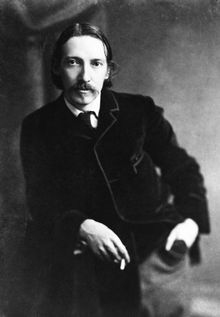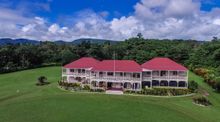 28 Oct 2020
28 Oct 2020
November 13th marks Robert Louis Stevenson's 170th Birthday. Many recognise the writer for his famous novels The Strange Case of Dr. Jekyll and Mr.Hyde and Treasure Island. Yet if you ask a Samoan about Stevenson, they will know him more intimately as a much-loved figure of the island's past, being described as the man with great 'manas', or spiritual power. The Samoan people also granted Stevenson the fitting nickname of “Tusitala”, meaning “Storyteller”.
Seeking a warmer climate due to his declining health, Stevenson set off on a yachting holiday into the South Seas in 1888. However, after visiting Samoa and becoming captivated with its people and beautiful surroundings, the writer never returned to his birthplace of Scotland. Instead, he lived his remaining days in Samoa, becoming a much-esteemed member of the community. Stevenson had found his very own Treasure Island, brimming with the golden warmth of the Samoan community and rare jewels of unique wildlife and scenery. Sadly, the novelist died in 1894 aged 44, being buried on Mount Vaea which looks out onto the sea that bought him to the island many years prior.
Emeritus professor at the University of Strathclyde, Joseph Farrell, visited Samoa on five occasions, being inspired by his surroundings to write his book, Robert Louis Stevenson in Samoa. Farrell uses Stevenson's very own words from a personal letter sent in April 1891 to describe his experiences of the islands:
“This place is beautiful beyond dreams; some fifty miles of the Pacific spread in front, deep woods all around, making the sky a corded profile of huge trees upon our left; about us, the little island of our clearing (Vailima) ... it is a good place to be, night and morning; and the moon makes the night a piece of heaven. If you could see this place! It will be a home for angels.”





